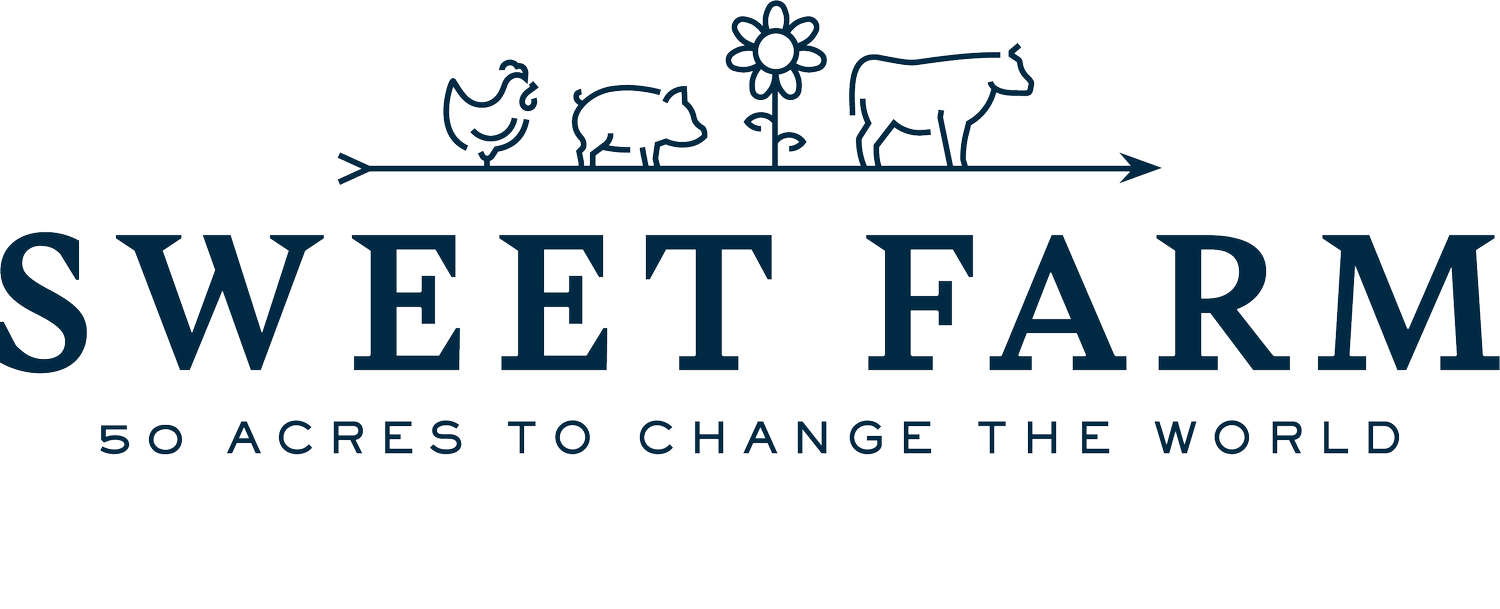Is there such a thing as a sustainable Halloween?
Halloween can be surprisingly wasteful due to the sheer volume of single-use items and disposable products associated with the holiday. Many costumes are made from synthetic materials that contribute to landfill waste, while plastic decorations and disposable tableware add to the environmental burden. The candy industry often relies on excessive packaging, generating significant plastic waste, and many carved pumpkins end up in the trash instead of being composted. Additionally, the energy consumption from elaborate light displays can contribute to a larger carbon footprint. All of these factors combined make Halloween one of the more wasteful holidays if sustainable practices aren’t considered.
So what can you do? So much!
1. Costumes
Most of the waste from Halloween comes from the millions of poor-quality, fast fashion costumes that are mass-produced, purchased, and thrown away. Most are made from unsustainable materials such as polyester and conventional cotton and are manufactured in countries that have poor labour standards. Worst of all, many often don’t last more than a day before they start falling apart and then head for the landfill.
So just what is the most sustainable Halloween costume?: The one you already have. Instead of buying new costumes, dig into your closet, ask your friends or family to borrow items, make a costume at home, or visit local thrift shops. Mix and match clothing items or even host a costume swap with friends! You’ll be surprised at the creative costumes you can put together without spending a dime.
2. Eco-Friendly Decorations
Ditch the plastic and opt for natural or reusable decorations. Use pumpkins, gourds, corn stalks, branches, straw bales, and dried leaves and flowers to craft harvest-inspired natural decorations. When it comes to other decorations, why not make your own? Put bloody handprints on your windows using red poster paint, use cardboard to make a skeleton or tombstones, make spiders out of black pipe cleaners, create ghosts out of old sheets, and repurpose your toilet paper rolls to make cute bats with your kids. Check out these easy and inexpensive DIY Halloween decorations.
Buy your pumpkins from a local farm instead of the grocery store to save on its carbon footprint, and carve instead of paint them so that they are compostable and can make welcome food for wildlife. Use soy-based candles instead of paraffin ones inside your jack-o-lanterns. After Halloween, compost your pumpkins instead of throwing them away in the trash for them to end up in a landfill.
3. The Sweet Stuff
The biggest candy manufacturers in the world have a huge impact on the environment. Their demand for sugar, palm oil, and cocoa beans massively contributes to deforestation and species extinction. The cocoa they use comes from the Ivory Coast and Ghana, which use forced and child labour to harvest cocoa beans. If you do want to buy chocolate, look for products with independent certifications such as USDA Organic, CERES, Australian Certified Organic, NASAA Certified Organic, and Fairtrade.
The sheer quantity of non-recyclable wrapping generated from all those fun-sized treats is staggering. And it all ends up in the landfill. Many candy wrappers from our own childhood Halloweens are still intact in landfill sites today, leaching their toxic by-products into the soil where we grow our food, and into the water we drink. So why not just avoid all that waste and questionable sourcing by making your own sweet treats? Festive cookies are always a hit, and after many years of living in a world where we were scared of letting our kids accept homemade treats, the public has finally started to realize that all the urban legends are indeed just that, and that no one is baking for hours just to harm their kids on Halloween. Here’s a recipe for vegan Halloween sugar cookies that would be a great option to avoid milk, egg, or nut allergies. You can even put up a sign telling people you are giving out handmade goods if you are anxious about putting kids on the spot.
Fall decor should celebrate the changing of the seasons --nature gives us everything we need for that!





